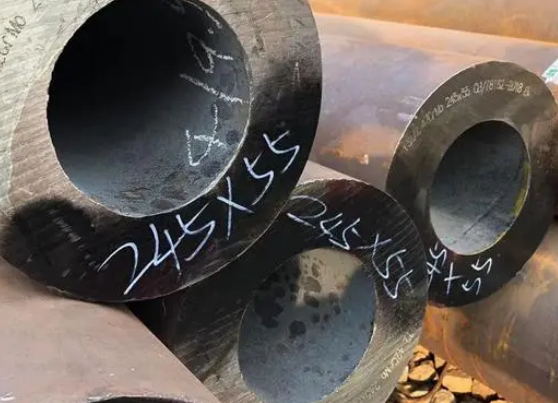Seamless tube boilers use high-quality carbon steel, alloy steel and stainless heat-resistant steel seamless steel tubes to manufacture the heating surface of pressure water tube boilers for high pressure and above. These boiler tubes often work under high temperature and pressure. Under the action of high temperature flue gas and water vapor, the tubes will be oxidized and corroded. Therefore, steel pipes are required to have high durability, high oxidation resistance and good structural stability.
Industrial boiler tubes are mainly seamless steel tubes because the performance indicators of seamless steel tubes can fully meet the requirements of boiler applications. Although the cost is high, its safety and reliability are high. Low-pressure fluid transportation pipelines within 2Mpa generally use welded steel pipes. High-temperature and high-pressure equipment such as industrial boilers must use seamless steel pipes, and the pipe wall thickness is correspondingly thicker.

Today,
welded steel pipes are also used in medium and low-pressure boilers, thanks to the rapid improvement of welding technology. For example, the joint microstructure of pipe butt friction welded steel pipes is the same. After the pipe joints are remelted through butt joints and corner joints, it is difficult to observe block joint traces with the naked eye. The microstructure of its various parts has always been exactly the same.
Common problems in surface treatment and product processing of seamless steel pipes for high-pressure boilers:
1. The surface of seamless steel pipes for high-pressure boilers is inconsistent: only the welds are pickled and passivated, resulting in uneven surfaces and affecting the appearance.
2. The scratches on the seamless steel pipe for high-pressure boilers are difficult to remove: the entire pipe has been pickled and passivated, and various scratches produced during the processing cannot be removed. The scratches and welding spatter attached to the stainless steel surface cannot be removed. Carbon steel, spatter and other impurities. In the presence of corrosive media, chemical corrosion or electrochemical corrosion will cause rust.
3. Welding seam defects: Welding seam defects are relatively serious, and manual and mechanical grinding methods are used to make up for them. The resulting wear marks will cause uneven surfaces and affect the appearance.
Read more: Which material is used for boiler tubes?


